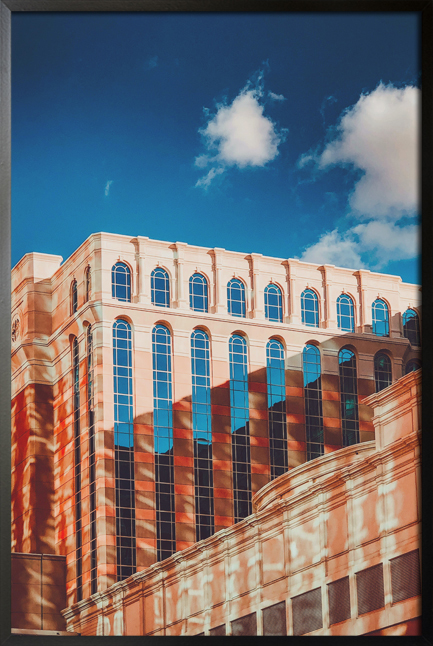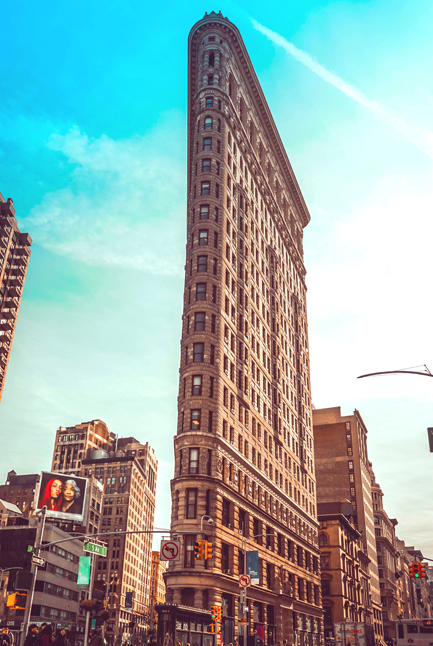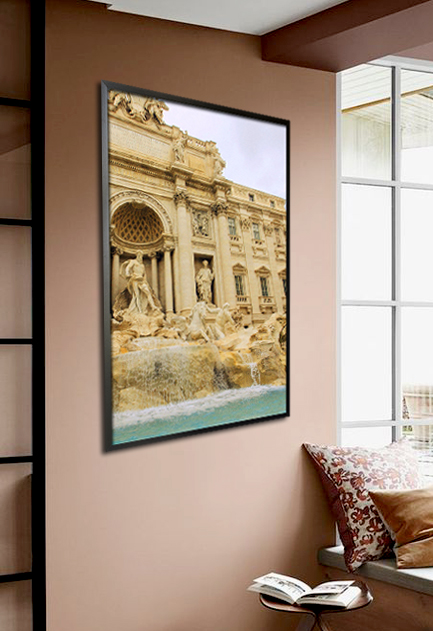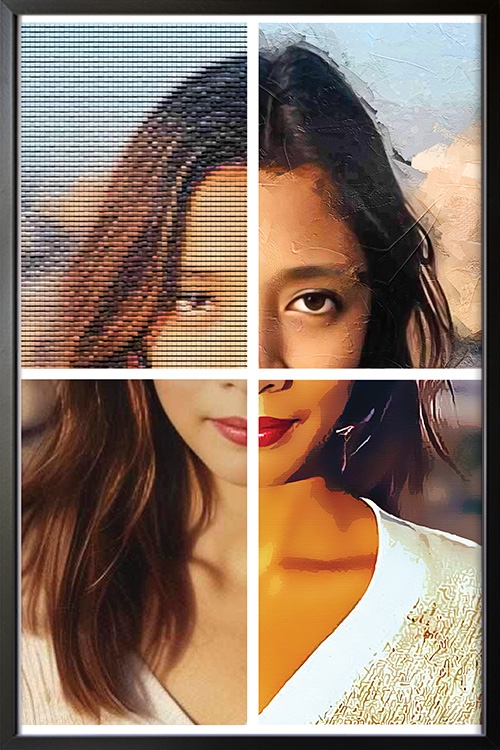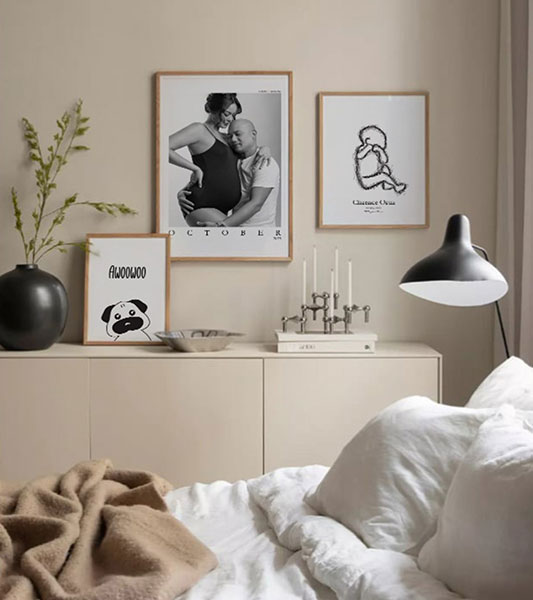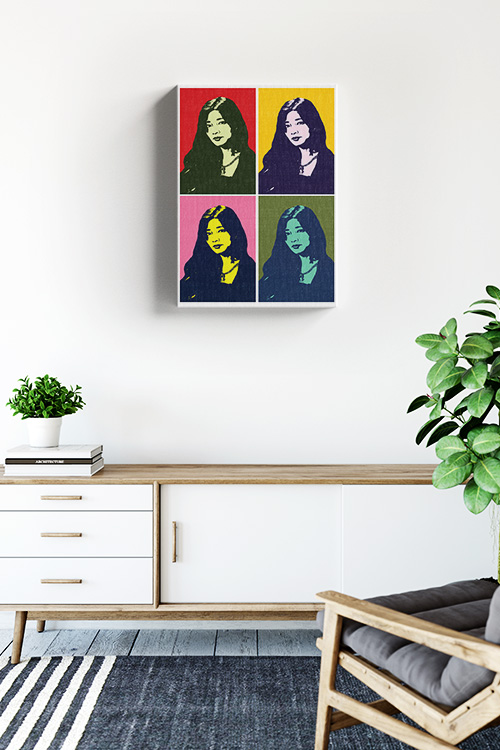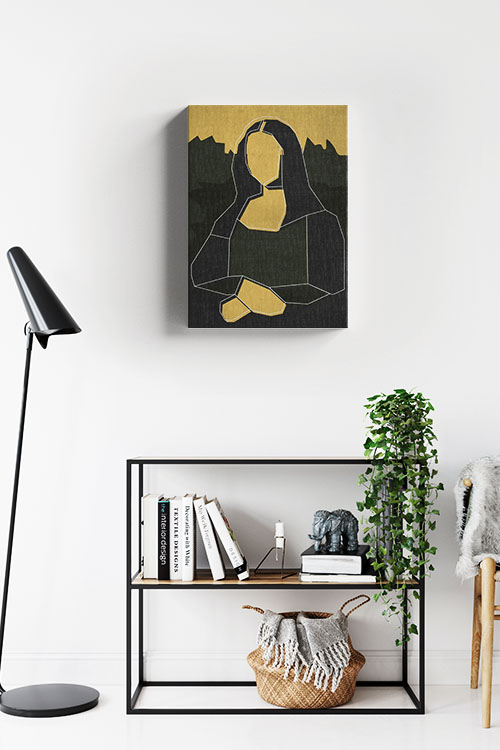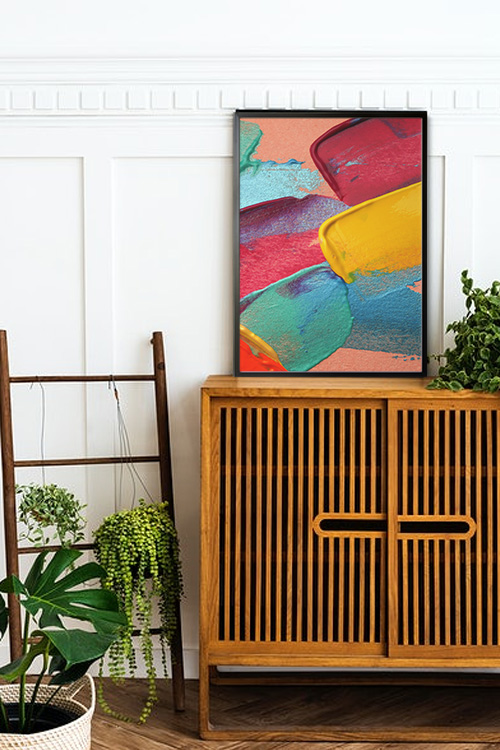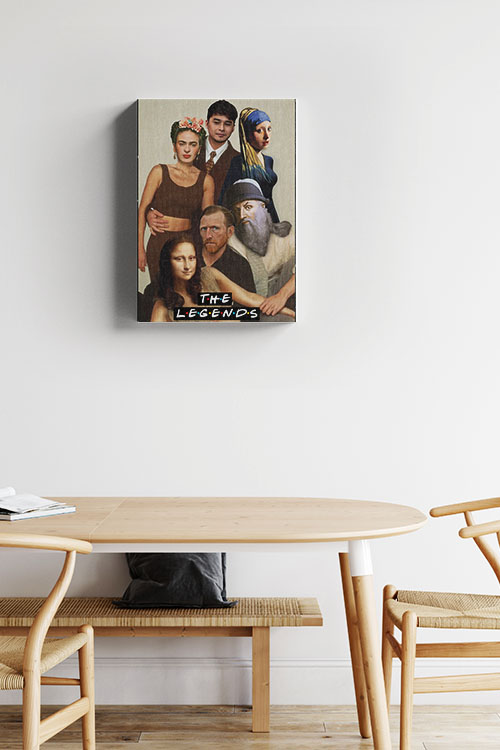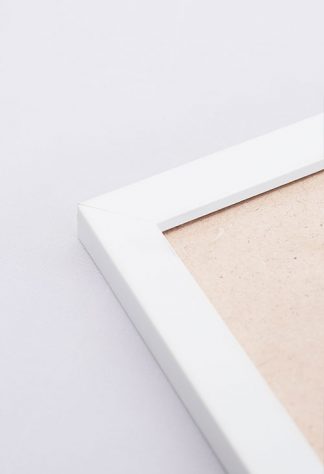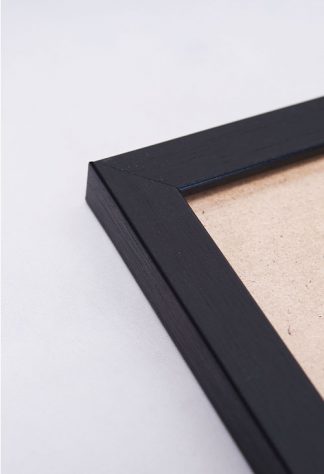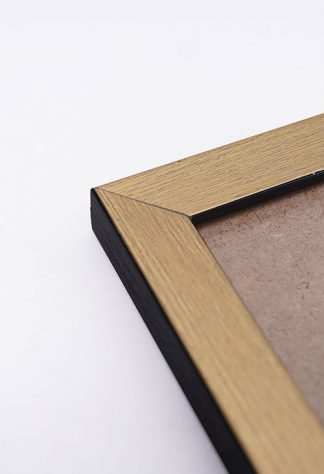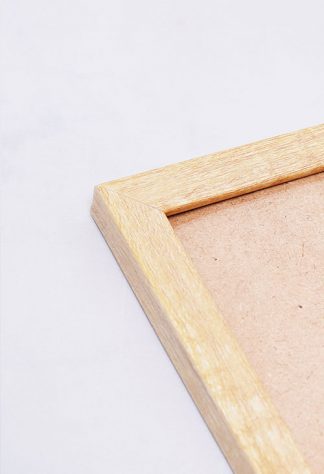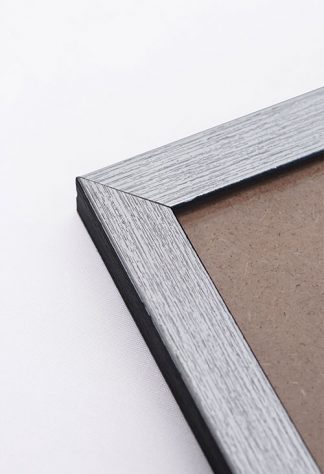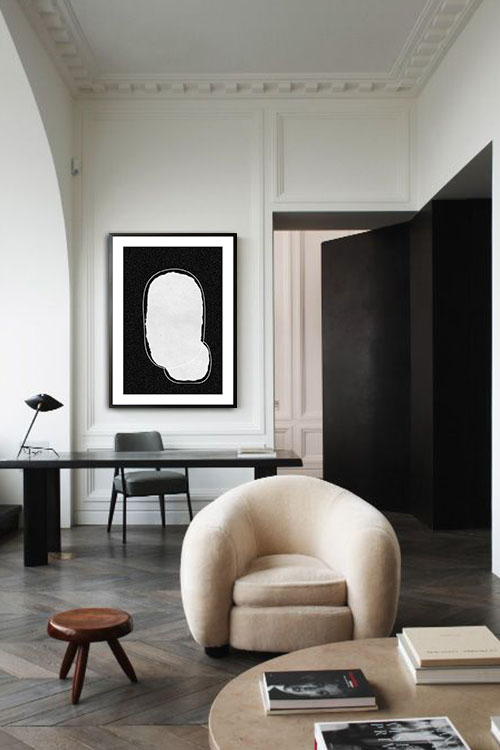
An industrial-style home office combines functionality with a sleek, modern aesthetic. This interior design style is perfect for those who value raw materials, open spaces, and a minimalist vibe. With these brilliant ideas, you can create your own industrial-style home office that will be the envy of your friends.
Exposed Materials
Industrial design is all about the beauty of raw and unfinished materials. To achieve the mood, incorporate elements like exposed brick walls, concrete floors, or visible pipes. If these features are not part of your home, you can mimic the appearance with faux brick wallpaper, texture wall panels, and wall art.
Industrial-Style Furniture
Pick furniture pieces with a utilitarian and rigged feel. Metal and wood combinations work well. Examples are desks with reclaimed wood tops and steel legs or filing cabinets with a vintage, distressed finish. Open shelving with metal brackets and wooden planks adds storage and style to your space.
Neutral Color Palette
Stick to a neutral color scheme dominated by grays, blacks, and earthy tones. These colors enhance the raw, industrial vibe and provide a cohesive backdrop. Darker shades are best for larger surfaces such as walls and flooring. Incorporate lighter accents using textiles, art, or decor pieces.
Functional Lighting
Lighting is likewise essential in industrial design. Pendant lights with metal shades, vintage Edison bulbs, or adjustable task lamps contribute to the overall aesthetic while providing illumination. Black or brass finishes are popular choices that align with the industrial theme.
Statement Decor Pieces
Even though the industrial design style is geared towards minimalism, decor items can add style and personality to your space. Add a large wall clock with gear-inspired design, abstract art prints, sculptures, or framed black-and-white prints and photographs. These elements elevate the space without overwhelming it.
Multi-Functional Storage
Efficient storage solutions are essential for any home office. Use metal lockers, wire baskets, or wooden crates for an industrial look. These elements can be both functional and stylish. Open shelving can feature books and decorative items, while closed cabinets keep clutter out of sight.
Greenery for Contrast
An industrial-design home office may look hard, but greenery can soften its appearance. Choose indoor plants like succulents or snake plants in simple pots. Metal planters or distressed ceramic pots complement the theme perfectly and introduce a touch of nature to the space.
Comfortable and Durable Textiles
Industrial design does not mean sacrificing comfort. Add durable textiles like leather chairs or cushions in natural fabrics. A neutral-colored rug with a subtle pattern can anchor the space while adding warmth and texture.
Tech Integration
Ensure your home office is equipped with modern technology while maintaining the industrial aesthetic. Hide cables using cord organizers or channel them through metal conduits for a cohesive look. Opt for sleek, minimalist tech accessories that blend well with the design.
In a Nutshell
These industrial-style home office ideas can create a workspace that inspires productivity and reflects your unique style. This design style balances form and function, making it ideal for a creative and efficient home office environment.
